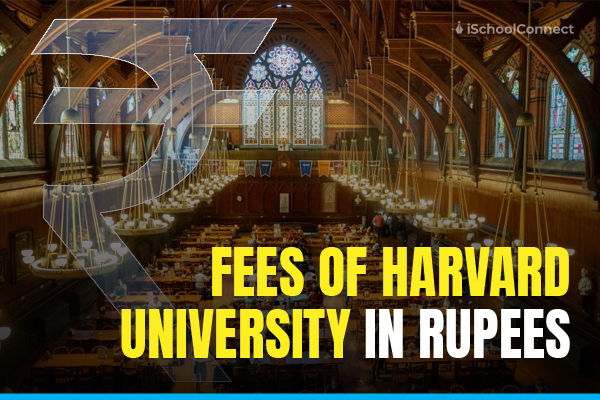Table of Contents
About Oxford University
The University of Oxford is an English collegiate research university. There is evidence of its teaching as early as 1096, making it the world’s oldest English-speaking university and the world’s second-oldest university in continuous operation. It grew rapidly after Henry II prohibited English students from attending the University of Paris in 1167. Following disagreements between students and Oxford residents in 1209, some academics fled north-east to Cambridge, where they founded what became the University of Cambridge. Let’s discuss more about the University’s Computer Science acceptance rate.
Oxford University | A brief overview
The exact date of the University of Oxford’s establishment is unknown, but the researcher can trace it back to at least 1096. Oxford is about 60 miles northwest of London, and graduate students make up about 45% of its student body.
As part of their studies, more than half of Oxford’s graduate students conduct research. Oxford conducts research in all of its academic divisions- humanities, mathematics, physical and life sciences, medicine, and social sciences. Oxford’s academic year is divided into three terms of eight weeks each- Michaelmas (fall), Hilary (spring), and Trinity (summer). English is the language of instruction at the university.
The University of Oxford has three parts- the central university, 38 colleges, and six Permanent Private Halls, which are smaller than colleges and offer fewer subjects. Each of Oxford’s colleges has a dining hall, common room, and library.
Undergraduates get college housing for their freshman year and continue to live there throughout their academic course.
Non-European Union students pay higher tuition. More than 900 scholarships for graduate students are available at the university and its academic departments and colleges, as well as dozens of external organizations.
Facts and figures

- In the Times Higher Education (THE) World University Rankings, Oxford was number 1 for six years consecutively from 2017 to 2022
- Oxford has over 25,000 students, including 12,510 undergraduates and 13,044 postgraduates.
- Entry to undergraduate courses at Oxford remains extremely competitive.
- The majority of Oxford’s UK undergraduates attend public schools. More than 68% of UK students admitted in 2021 came from the public sector. Oxford University offers over 350 postgraduate programs.
- In 2020/21 there were over 34,500 applications for 6,675 postgraduate places.
- International students account for nearly 45% of the total student body or approximately 11,500 students. More than 160 countries and territories send students to Oxford.
- The University of Oxford contributes approximately £15.7 billion to the UK economy and employs over 28,000 full-time employees (2018/19).
Academics
Oxford offers over 350 graduate courses across disciplines, with new courses opening every year. This includes taught and research courses that are available for full-time and part-time study at all levels, from diplomas to doctorates.
On the official university website, each graduate course has its own course page with detailed information about the course and how to apply for it. You can look through graduate courses alphabetically or by department.
As a graduate student, you will be a member of a department or faculty, which is a thriving academic community dedicated to advancing knowledge in a specific field.
Your department or faculty will provide you with instruction and supervision, as well as a wealth of specialized resources to help you with your studies. The departments frequently work together on joint classes and interdisciplinary research projects.
At Oxford, each graduate student has a academic supervisor. Throughout their course, they will receive individualized support and guidance from an expert in their field, which will aid in the direction of their program of study or research.
Popular courses at Oxford University

- Philosophy
- Modern Languages
- Geography
- English Language & Literature
- Mathematics
- Linguistics
- History
- Computer Science & Information Systems
- Law & Legal Studies
The acceptance rate for computer science courses at Oxford
The course focuses on bridging the gap between theory and practice.It covers a broad range of software and hardware technologies, as well as their applications.
Oxford accepts students who have strong mathematical abilities, that later comes handy for rigorous reasoning about the behavior of programs and computer systems, as well as for applications such as scientific computing. You will also gain practical problem-solving and program design skills.
Admission statistics-
- Interviewed- 19%
- Successful- 6%
- Intake- 41
According to AdmissionReport, the acceptance rate for the MSc Advanced Computer Science course is 11%.
Key takeaways
- Oxford is an English collegiate research university. There is proof of its teaching from the year 1096, which makes it the world’s oldest English speaking university.
- Oxford provides over 350 graduate courses across various disciplines, with new courses introduced every year. Taught and research courses are available for full-time and part-time study at all levels, from diplomas to doctorates.
- Oxford selects students with strong mathematical abilities, which they will develop into skills useful for rigorous reasoning about the behavior of programs and computer systems, and applications such as scientific computing.
Did you find this blog informative? If so, please share your thoughts in the comments section below. Click here to contact us for more information on Oxford University’s Computer Science acceptance rate. We would be happy to assist you with your queries.
Liked this blog? Read next: Bangor University Business School ranking
FAQs
Q1. What is the course fee for Oxford University?
Ans- The annual course fees for a UK student in 2023-24 are £9,250.
Q2. What GPA do you need to get admission to Oxford?
Ans- The average undergraduate GPA required for getting admission to Oxford is 3.77.
Q3. How many campuses are there at Oxford University?
Ans- There are 44 colleges at Oxford University. This includes five permanent private halls (PPHs) that were founded by various Christian denominations and still have a religious flavor.







